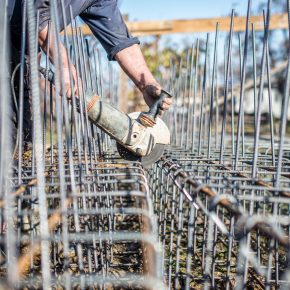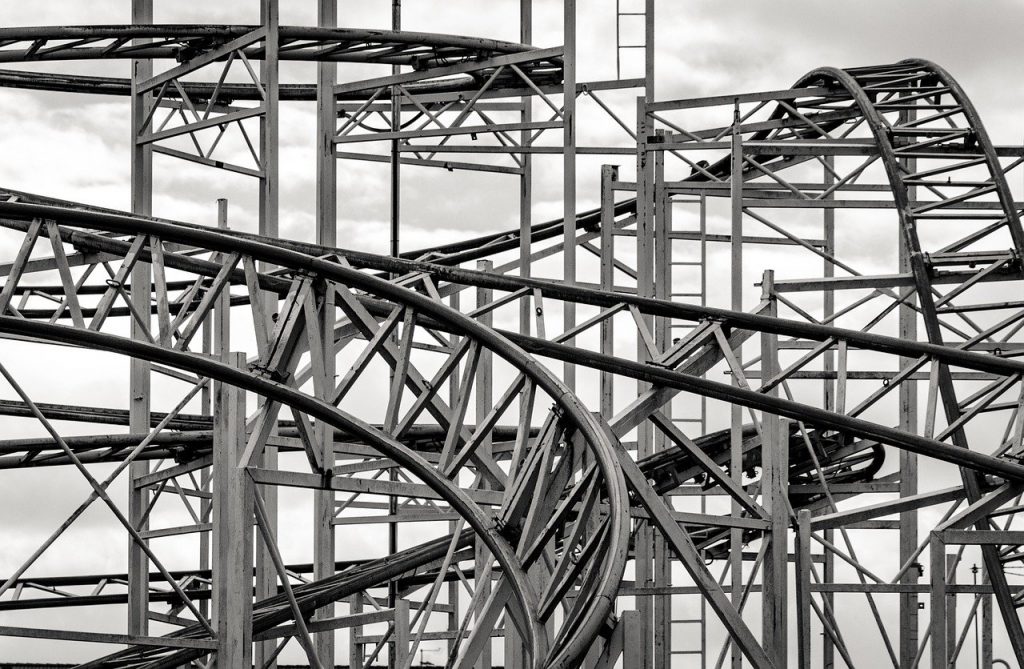
The Essential Role of Rebar in Construction
The construction industry heavily relies on the durability and strength of structures, which can be achieved by using proper materials and techniques during the building process. Reinforcement bars, commonly known as rebar, play a crucial role in creating sturdy and long-lasting buildings. This vital component in concrete structures acts as the backbone, enhancing tensile strength, preventing cracks, and ensuring the overall stability of the construction. What is the essential role of rebar in construction, and how significant is it for reinforcing the foundation?

Why is rebar important in construction?
Steel reinforcing bars, known as rebar, are used to support and strengthen concrete structures. These bars are placed within the concrete matrix to counteract its inherent weakness in tension. Concrete is known for its impressive compression capabilities, but it requires additional support and strengthening when it is subjected to pulling or stretching forces. By using rebar, a composite material is created that can withstand a variety of loads.
A wide range of reinforcement bars, mesh, and other accessories can be found at https://www.reozone.com.au
Enhancing tensile strength
Rebar plays a crucial role in construction by increasing the tensile strength of concrete – essential for reliability during construction. To put it simply, tensile strength refers to the ability of a material to withstand stretching or pulling forces without cracking or deforming.
While concrete is known for its robustness in construction, it lacks significant tensile strength. However, when rebar is used in combination with concrete, the composite material achieves impressive strength due to the high tensile strength of steel. This synergy greatly enhances the overall performance of the structure and construction.
Prevention of cracks and structural failures
Concrete structures may develop deep cracks which can pose a threat to the overall construction. To prevent this, the structural integrity should be improved. The use of rebar is an effective way to enhance the integrity and provide extra protection against cracks. This is especially important for high-volume structures that carry heavy loads.
Various weather conditions and the natural process of hardening and drying can cause concrete to shrink and crack. By using rebar inside the concrete construction, the cracking can be minimised as the rebar evenly distributes the load. This provides the concrete construction with robustness and reliability over a long period of time.
Effective distribution of loads
Buildings are subjected to various loads, which is why the support of concrete construction is required. One such load is the dead load caused by the weight of the structure. Live loads are flexible and may include people and furniture, which are usually beyond human control. It is not practical to limit the number of guests or the amount of furniture they bring to a building. Lastly, there are environmental loads caused by winds or earthquakes, which are also beyond human control.
All these loads and conditions endanger the stability of a structure, highlighting the need for robust design and construction. Rebar helps distribute loads evenly across the concrete structure and prevents localised points of stress that may lead to failure. Proper placement of rebar is essential to ensure that forces affecting the structure are distributed evenly, thereby ensuring the safety and stability of the construction.
Sustainability of constructions
It may seem unexpected to discuss the sustainability of buildings constructed with concrete, but when the longevity of the structures is taken into account, using rebar to reinforce the concrete can result in less maintenance and reconstruction work being necessary.
By incorporating rebar, the impact of environmental factors that cause corrosion and chemical exposure, leading to deterioration over time, can be minimised. Rebar also helps prevent cracks and failures, which can compromise the stability of the structure, by distributing the load and delaying the need for repairs.
Latest news

28th February 2025
Passivent ventilation solutions are top of the class
Passivent has supplied a combination of Hybrid Plus2 Aircool ventilators and Hybrid Plus Airstract roof ventilation terminals for a new London primary school.
Posted in Air Conditioning, Articles, Building Industry News, Building Products & Structures, Building Services, Case Studies, Ceilings, Facility Management & Building Services, Heating, Ventilation and Air Conditioning - HVAC, Restoration & Refurbishment, Retrofit & Renovation, Roofs, Sustainability & Energy Efficiency, Ventilation, Walls
28th February 2025
Troldtekt: New acoustic liner ensures good acoustics and easy handling
Both a building’s users and its developers have a good reason to get excited about the new Troldtekt Plus 25 panels. This specially developed acoustic panel sets a high standard for both sound absorption and building efficiency.
Posted in Acoustics, Noise & Vibration Control, Articles, Building Industry News, Building Products & Structures, Building Services, Building Systems, Ceilings, Facility Management & Building Services, Floors, Innovations & New Products, Insulation, Interior Design & Construction, Interiors, Restoration & Refurbishment, Retrofit & Renovation, Timber Buildings and Timber Products, Walls
28th February 2025
InstallerSHOW 2025 – Registration is now OPEN!
Building on the success of last year, InstallerSHOW is returning to the NEC from the 24th to the 26th of June…
Posted in Articles, Building Industry Events, Building Industry News, Building Products & Structures, Building Services, Exhibitions and Conferences, Health & Safety, Retrofit & Renovation, Seminars, Sustainability & Energy Efficiency
28th February 2025
ABLOY securing Helsinki’s heritage and Croatia’s waste management
ABLOY, part of ASSA ABLOY Group, has redefined its brand, focusing on the value it brings to customers around the world…
Posted in Access Control & Door Entry Systems, Architectural Ironmongery, Articles, Building Industry News, Building Products & Structures, Building Services, Case Studies, Doors, Facility Management & Building Services, Health & Safety, Retrofit & Renovation, Security and Fire Protection
 Sign up:
Sign up: